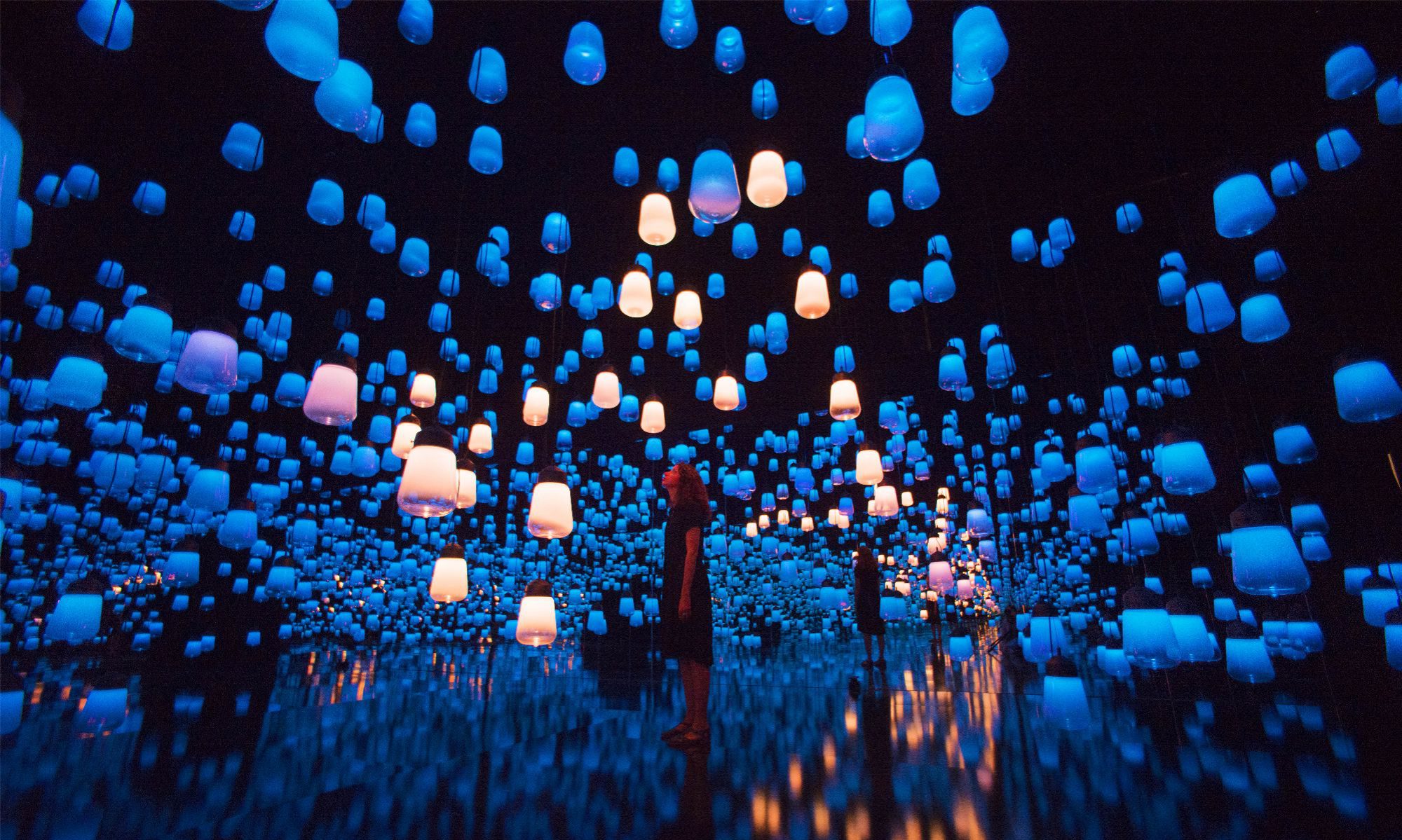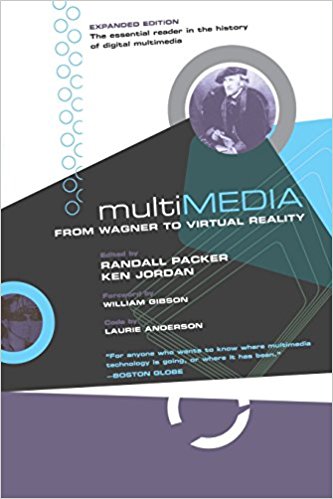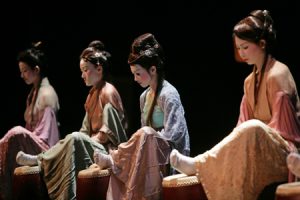Many example artworks we covered in class today have shown artists tend to bring entropy to a system, “the more chaotic the better”, while engineers like to bring things under control. e.g. John Cage’s Variation 5, Robert Rauchenberg’s Soundings, Yoko Ono’s Cut Piece, etc.
Here is an interactive work by Japanese collective teamLab, which presents a reverse narrative. The 80 independent hologram figures play instruments or dance, while they exist independently and don’t really leave the spot, their rhythm and degree of movement are responsive to the sound of their neighbours. When there’s no visitor moving around, their movements and music are in sync, and the scene is rather harmonious. The system has the lowest entropy at this point. When visitors enter, the nearby dancers are interrupted. The participation caused the entropy to increase.
The work is inspired by a traditional Japanese dance festival. The below paragraph is taken from teamLab’s website:
In Japan, there is a primitive dance festival called the Awa Dance Festival dating back so far that its origins are unknown. Groups of individual dancers play music and proceed around the town arbitrarily. Groups play their own music as they like and dance as they like. Interestingly, for some reason, the music forms into a peaceful order across the whole town. Dancers who randomly meet other groups of dancers gradually and subconsciously match the tempo of their music with that of the other group. This is not due to any set of rules; it just feels right and happens without conscious choice. It seems that when people are set free from their inhibitions, an extraordinary peaceful feeling prevails despite the lack of any order to the dances. Perhaps this is how people of ancient times maintained a feeling of peacefulness.
More about the work, click here.



















